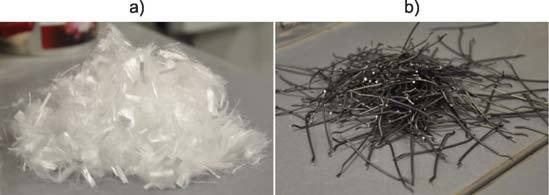Hooked steel fiber is a type of reinforcement material widely used in concrete structures to improve their strength and durability. This article provides a comprehensive overview of the features and uses of hooked steel fiber. From its composition and manufacturing to its properties and benefits, readers will gain a deeper understanding of this material and how it can enhance the performance of their concrete structures.
Introduction:
Concrete is one of the most widely used construction materials in the world, but it has some inherent weaknesses, such as low tensile strength and susceptibility to cracking. To overcome these issues, engineers often use reinforcement materials, such as steel bars and fibers, to enhance the strength and durability of concrete structures. Hooked steel fiber is one such material that has gained popularity in recent years due to its unique properties and benefits. In this article, we will explore the hooked steel fiber features and uses in detail.

Composition and Manufacturing:
Hooked steel fiber is made of high-quality steel with a minimum tensile strength of 1000 MPa. The steel is first cut into small pieces of a specific length and diameter, after which they are drawn through a series of dies to create a hooked shape on both ends. The hooks enable the fibers to anchor themselves firmly in the concrete matrix, providing better bonding and resistance to pull-out forces.
Properties and Benefits:
Hooked steel fibers offer several advantages over traditional reinforcement materials. Firstly, they enhance the flexural and shear strength of concrete, making it more resistant to cracking and deformation. Secondly, they improve the impact resistance and toughness of the concrete, reducing the risk of damage from heavy loads or external forces. Thirdly, they can replace or reduce the amount of traditional reinforcement materials, such as steel bars, reducing costs and construction time. Lastly, they are easy to mix and distribute in the concrete, making them an efficient and practical option for both small and large-scale projects.

Uses:
Hooked steel fibers are commonly used in a variety of concrete structures, including industrial floors, pavements, bridge decks, precast elements, and shotcrete. They are instrumental in high-performance applications where the concrete is subjected to heavy, dynamic, or extreme environmental conditions. For example, on industrial floors, hooked steel fibers can improve the wear resistance and durability of the surface, reducing the need for maintenance and repairs. In bridge decks, they can enhance the crack resistance and long-term performance of the structure, increasing its lifespan and safety.

Conclusion:
Hooked steel fiber is a versatile and practical reinforcement material that offers several benefits over traditional reinforcement options. It’s unique hooked shape and high tensile strength make it an ideal choice for enhancing the strength, durability, and performance of concrete structures. By considering the hooked steel fiber features and uses, engineers and contractors can make informed decisions about its application in their projects, leading to more efficient and sustainable construction practices.